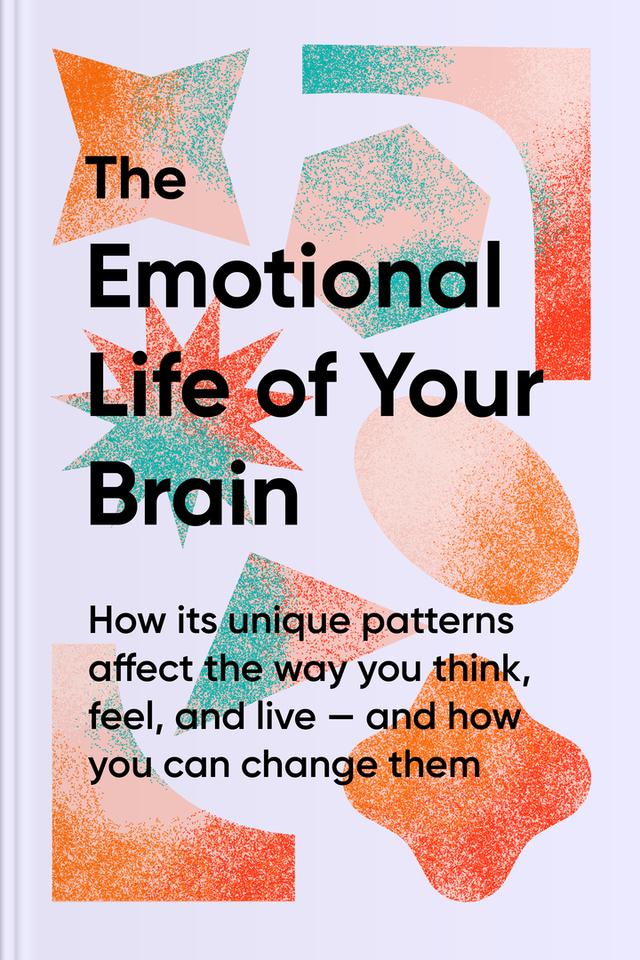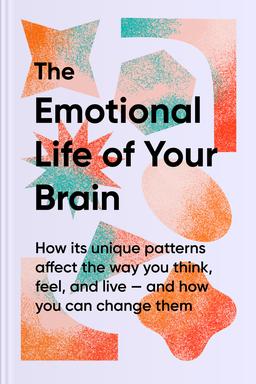You’ll learn
- The definition of Emotional Style and its dimensions
- Why you need to accept who you are before changing
- How to manage your emotions
- Meditation and tips on harmonizing your life
russia has launched a full-scale war in Ukraine. Donate to support Ukraine and protect the world’s peace.

first KEY POINT
Have you ever been in a relationship where you feel drained for a few days after an argument while your partner gets over the fight quickly? They cannot grasp how you can stay so grumpy about an altercation that occurred a few hours ago. Their feelings may not differ from yours, but their reaction does.At school, children usually take personality tests to figure out their temperament. Nevertheless, such evaluation rarely reflects their true identity. For example, a person can be melancholic and still accept life challenges optimistically. So, such quizzes can be misleading as one’s personality extends beyond any moods, traits, or temperament.Richard J. Davidson discovered that emotional styles dramatically affect behavior and character. These sensitive patterns have six dimension scales, and your position on each determines your personality. These emotional styles are:• Resilience reflects how long it takes to return to your feet after something unfortunate happens.
• Outlook determines whether you can stay positive in your day-to-day life with its challenges and pitfalls.
• Social intuition signifies how effectively you decode signals from the people around you.
• Self-awareness shows how well you know your body.
• Sensitivity to context refers to distinguishing your contexts and behaving accordingly.
• Attention stands for the ability to stay focused as long as needed.
A combination of emotional styles forms a trait. For instance, if you are impulsive, you are on the negative extreme of attention and self-awareness.This tidbit will teach you how to accept yourself and make your life more comfortable by acknowledging and transforming your emotional styles.
second KEY POINT
When people want to change themselves to be better parents or succeed at work, they look for psychological advice in books, magazines, or even a psychiatrist’s office. Most likely, they receive some trivial methods used many times before. Just as medicine, advice on mental care is mass-produced. You take a pill that is supposed to help because it cured your cousin or your grandma, and — bummer! — it doesn’t affect you. And you are back to point A.The problem lies in the approach. Most people believe being similar is better than being different because society tends to judge people as outsiders. Thus, you can struggle to fit in all your life, sometimes sacrificing your most extraordinary traits. Psychiatrists and mental health advisers can also get into this trap of generalization. They forget that just as human DNA differs from person to person, so do emotional styles. So, their advice should be as personalized as a medical prescription.

Continue reading with Headway app
Continue readingfirst KEY POINT
second KEY POINT
third KEY POINT
fourth KEY POINT
fifth KEY POINT
sixth KEY POINT
seventh KEY POINT